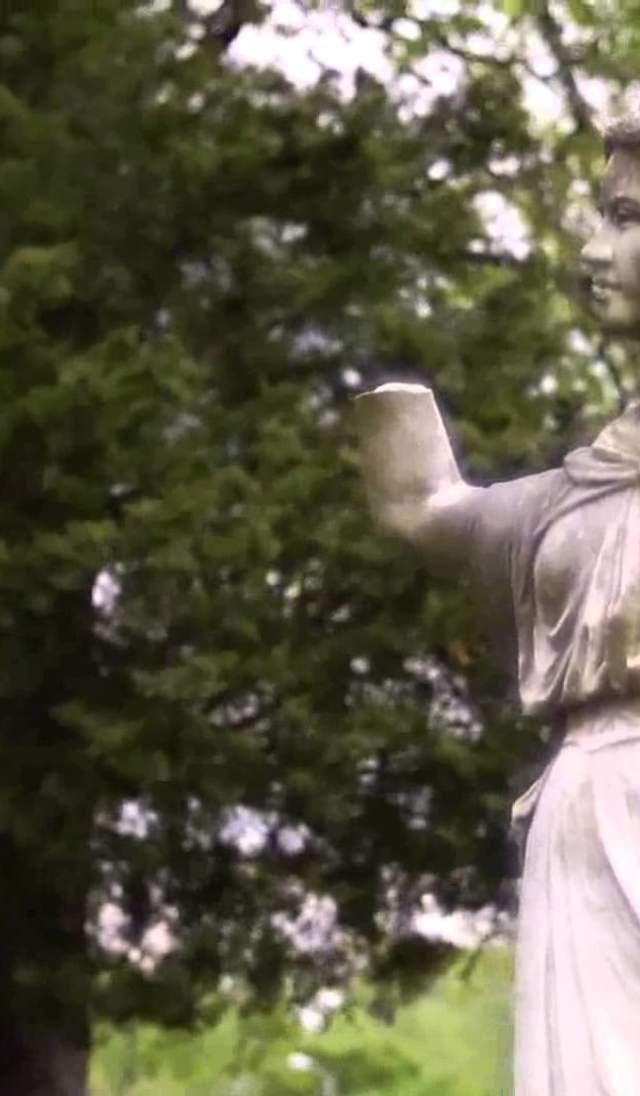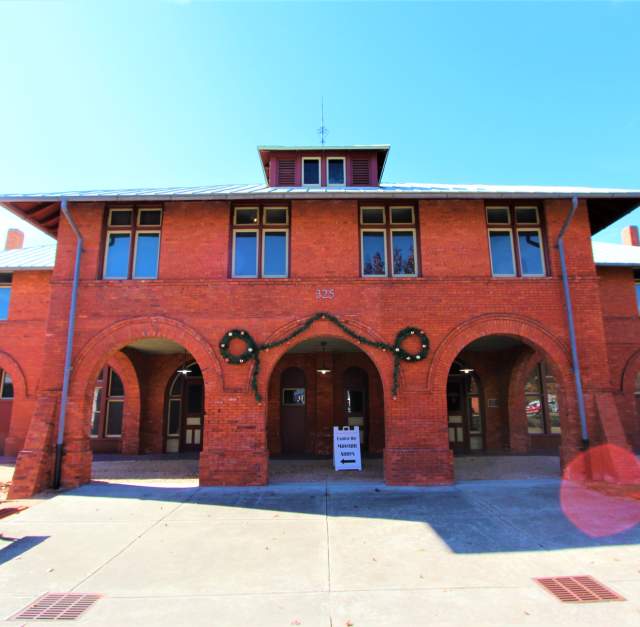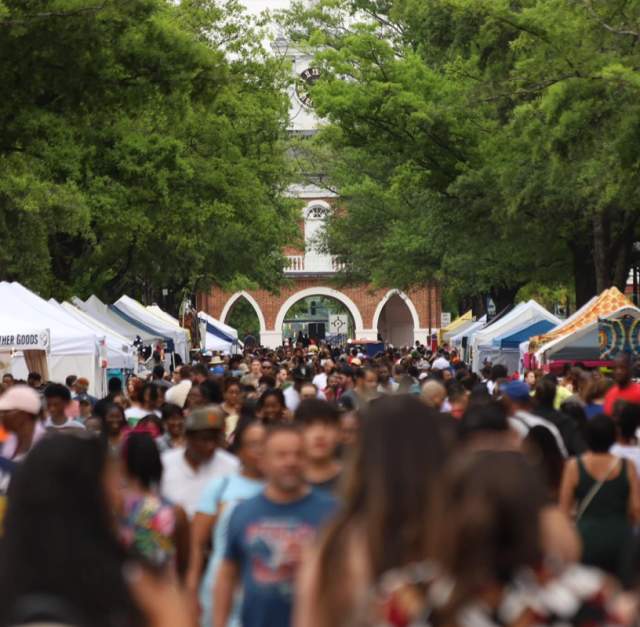![]() The African-American Heritage Trail consists of sites that provide a historical glimpse into the life of African-Americans who resided in Fayetteville and Cumberland County. The hard labor bourn by slaves, the entrepreneurship of free blacks, the devotion to religion and education, service to our country, and the desire to learn and preserve valuable history await to tell the visitor a grand story.
The African-American Heritage Trail consists of sites that provide a historical glimpse into the life of African-Americans who resided in Fayetteville and Cumberland County. The hard labor bourn by slaves, the entrepreneurship of free blacks, the devotion to religion and education, service to our country, and the desire to learn and preserve valuable history await to tell the visitor a grand story.
African-Americans arrived in this area as slaves of European settlers. The institution of slavery sustained the agrarian-based society that had quickly developed. Slave labor was also used to support another leading industry—naval stores—the harvesting of resin from pine trees to produce tar, pitch, and turpentine. When the nation recorded its first census in 1790, Cumberland County’s total population was 8,671, which included more than 2,100 blacks.
In the early years of the 18th century, smaller farms required that slaves and their white owners work side-by-side to cultivate the land. African-American slaves worked primarily in the fields. However, many specialized as artisans, such as 22-year-old Bob, who worked as a cooper - a sister industry to naval stores - crafting wooden containers such as barrels.
Free blacks and freed slaves lived in the area working as boatmen and draymen (men who drove wagons to make deliveries). Some blacks were free at birth because of their mother’s status as a free person. Freed slaves obtained their liberty through their master’s will or by being purchased by family members who were emancipated.
The Revolutionary War brought about a dichotomy, pitting the issue of slavery against the Patriots’ fight for freedom. While Virginia’s Governor Dunmore promised freedom to slaves who would bear arms against the colonist, North Carolina’s legislature, in 1780, promised “one prime slave…” to white men who would join the Continental Line. Blacks joining the Continental Line typically served as laborers to build fortifications, and clear roads, or as skilled craftsman making weapons, and shoeing horses. Some served as guides, musicians, and servants to white officers. Isaac Hammond, a free black from Fayetteville, joined the 10th North Carolina Regiment, serving as a fifer.
Many southern churches began as a brush arbor, which is an outdoor structure built with wood and sticks to provide shade and shelter. To the local African-American culture, it was referred to as a “hush arbor” or “bush arbor,” because laws prevented slaves from congregating for fear of slave uprisings. Defying the rule, slaves gathered to worship in their own customs and traditions. A free black named Henry Evans, a Methodist preacher from Virginia, made Fayetteville his home because he felt blacks were in need of Christianity. Eventually, blacks and whites worshipped together to hear him preach. Many other local churches are rooted in African American traditions or were begun due to the local custom of segregation.
Sites of interest on this trail may be classified in one of three ways: Open to the Public - The site is open to the public for a visit during their operating hours; By Appointment Only - The site is available to visitors anytime by viewing it from the exterior or by calling ahead and making an appointment with its administrators for the site to be opened during your visit; Exterior View Only - The site may only be viewed from the exterior for a visit.
Click here for turn by turn instructions.
You Might Also Like
African-Americans on the River
A new exhibit, African-Americans on the River, opens Tuesday at the Fayetteville History Museum…
42nd Annual Fayetteville Dogwood Festival
Let's help celebrate 42 years of community fun and festivities as the Fayetteville Dogwood Festival…
April 4th Friday feat. Poetry Cypher
Experience the fun at 4th Friday! Our April 4th Friday will be held on April 26 from 6 pm to 9 pm in…




